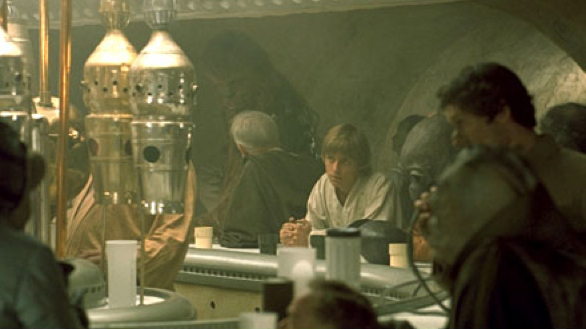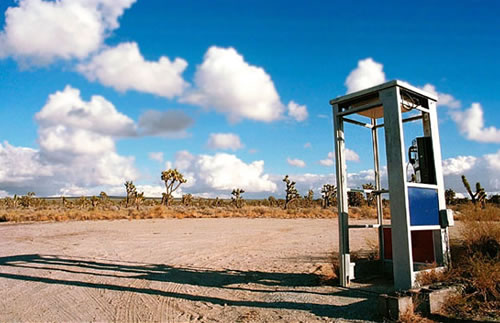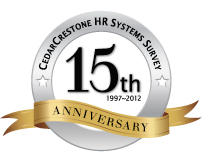The important thing is not the idea
A few days ago I re-watched the excellent documentary 'The Pixar Story', a 2007 film that chronicles the origins, the early struggles, and the eventual amazing successes of Pixar Studios. While in 2012 it may seem obvious that computer generated animation can produce incredible images and lead to fantastic results, (like Toy Story, Finding Nemo, Cars, etc.), that belief was not widely held when Pixar was starting out. The film does a superb job of profiling the early visionaries and eventual leaders in the computer animation field, namely John Lasseter, Ed Catmull, and even everyone's favorite tech titan Steve Jobs, whose investments and belief in Pixar allowed it to survive some tough early years.
Watching the film again I was struck by the many simple, seemingly obvious yet hard to replicate, work practices and cultural influences that make creating great art and innovating more likely at Pixar than at the typical organization. The open, free-flowing office layout, the relentless focus on creating something even better than the last film, the self-awareness to know that they could not simply rely on their past reputation, that they had to continue to elevate their games in order to continue to succeed in the crowded entertainment space. All of this, combined with a really high talent level across the board, (the film gives the distinct impression that the best talent in computer animation is at Pixar, and thus continues to attract even more talent), help to at least attempt to offer reasons or explanations behind Pixar's story.
But probably the most telling point raised in the documentary was an observation made by Ed Catmull, who was Pixar's Chief Technology Officer and later became the President of both Pixar and Disney Animation Studios, on what he felt like was the key factor or 'secret' behind Pixar's success. Here's the quote from Mr. Catmull:
"The important thing is not the idea, the important thing is the people its how they work together, who they are that matters most."
Which is probably why there are so few companies like Pixar out in the wild - it's pretty easy to generate ideas, it's even easier to poke holes in other people's ideas, but the toughest nut to crack is to create the conditions where good ideas have a chance to emerge and have the potential to actually be improved upon when exposed to the larger community.
Catch 'The Pixar Story' sometime, I think you will be glad you did.

 Steve
Steve



